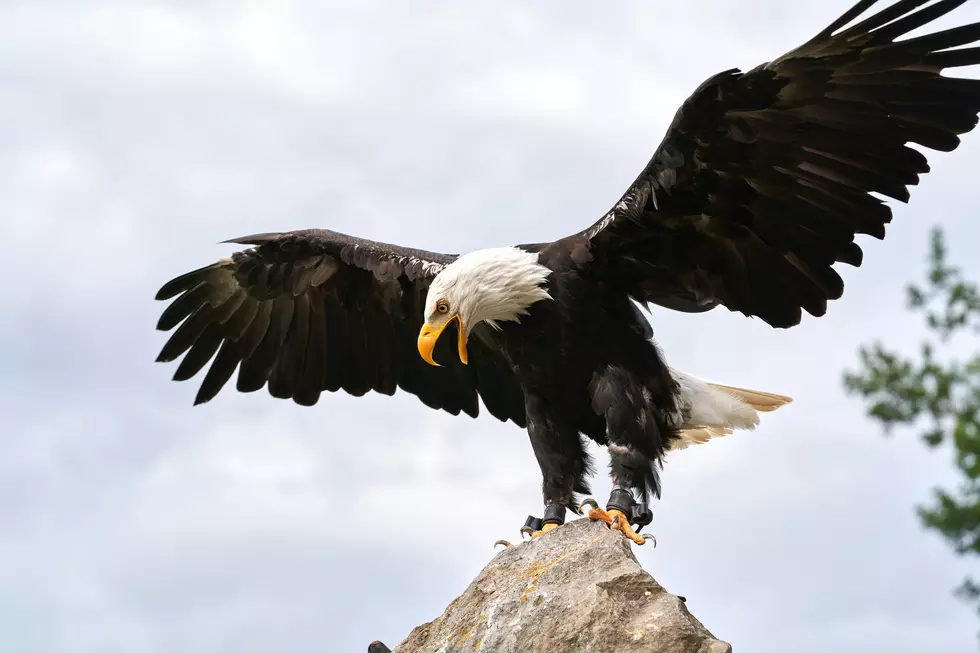
2015 Michigan Hunting Seasons: 13 Injuries, Zero Fatalities
The Michigan Department of Natural Resources’ Law Enforcement Division recorded no fatalities in 2015 during all hunting seasons.
There were thirteen incidents resulting in injuries.
Twelve injuries occurred in the Lower Peninsula and one in the Upper Peninsula. The total number of injuries was up from 10 in 2014.
Of the 13 incidents resulting in injury reported in 2015, one involved a turkey hunter, one involved a waterfowl hunter, one involved a trapper and six involved deer hunters. One injury does not specify animal hunted because the report is pending. Victims ranged in age from 21 to 74. The majority of injuries, over 60 percent, were a result of self-inflicted gunshot wounds.
Five of the deer hunting incidents were reported during the firearm deer hunting season Nov. 15-30 and occurred in the counties of Calhoun, Gladwin, Roscommon, St. Clair and Van Buren. The sixth deer hunting incident that resulted in injury occurred during late antlerless firearm season Dec. 19-Jan. 1. The incident took place in Lapeer County.
The decrease is part of an overall trend toward fewer hunting-related fatalities and injuries over the past several decades, a downward trend that started in 1988 when completion of a hunter education class became mandatory for all first-time hunters born after Jan. 1, 1960.
In 1988, the state saw the lowest fatality rate – four deaths – since annual record keeping began in 1970, when there were 18 fatalities. Record keeping began in the 1940s, but fatalities and injuries figures were compiled per decade rather than per year.
“Our excellent hunter education program saves lives,” said Sgt. Steve Orange, supervisor of the DNR’s Recreational Safety, Education and Enforcement Section.
There were 212 injuries in 1970 and 275 injuries in 1974 – the most recorded in a single year. Incidents involving injury fell below 50 in 1991 for the first time and have not exceeded 15 per year for the past five years.
Hunter education classes have been available since 1946, although they were not mandatory at that time. In 1971, the program became mandatory for first-time hunters ages 12-16. That was expanded in 1988 to all first-time hunters born after Jan. 1, 1960. Since 1988, more than 600,000 hunters have completed hunter education classes.
During the 2015 season, 651,588 base licenses were sold. Michigan’s hunting incident rate per license is .002 percent. The base license is required to purchase any hunting license.
In 1977, wearing hunter orange became mandatory on certain lands for the first time. In 1984, the law was amended to require hunters to wear hunter orange on all lands open to public hunting.
Regulations require hunters, during designated hunting seasons, to wear a cap, hat, vest, jacket or rain gear of hunter orange. The garments that are hunter orange must be the outermost garment and visible from all sides.
More From 100.5 FM The River









